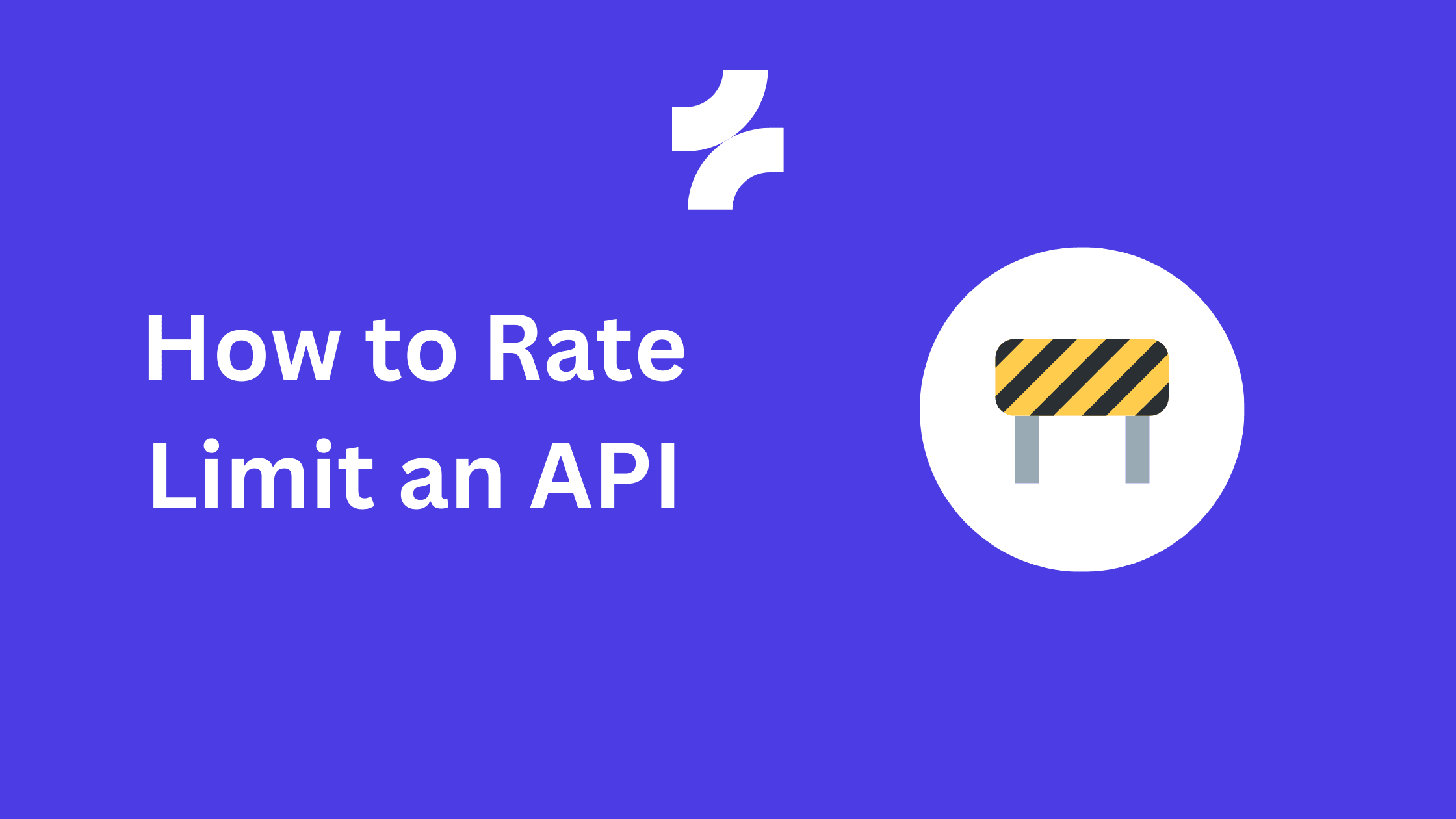
When developing an API, one of the most critical aspects of maintaining your system uptime is controlling how much traffic your API can handle. This is where rate limiting comes into play. Whether you’re preventing abuse, ensuring fair usage, or simply managing server load, rate limiting is a fundamental tool for any API developer. In this guide, we’ll walk you through everything you need to know about rate limiting.
What is API Rate Limiting?
API rate limiting is a technique used to control the number of requests a client can make to an API within a specific time frame. By limiting the number of requests, you can prevent server overload, protect against abuse, and ensure that all users have fair access to the resources your API provides.
Use Cases for API Rate Limiting:
- Preventing DDoS Attacks: By capping the number of requests, you can mitigate the impact of malicious traffic.
- Fair Usage: Ensure that no single user or application consumes an unfair amount of resources.
- Protecting Server Performance: Limit requests to maintain optimal performance and avoid downtime.
Step-by-Step Guide to Implement Rate Limiting
Step 1: Set Rate Limit Policies
Define your API’s rate limit policy based on user types, endpoints, and usage patterns. For example, you might allow 100 requests per minute for free users and 1,000 requests per minute for premium users.
Step 2: Choose a Rate Limiting Algorithm
Select the appropriate algorithm based on your requirements. If your API needs to handle bursts of traffic, the token bucket algorithm may be the best choice. If fairness across all users is your priority, consider the sliding window algorithm.
Step 3: Implement in code
There are various tutorials to implement rate limiting in many different languages. Some good choices are:
- https://akshayranganath.github.io/Rate-Limiting-With-Python/
- https://blog.appsignal.com/2024/04/03/how-to-implement-rate-limiting-in-express-for-nodejs.html
- https://go.dev/wiki/RateLimiting
- https://www.shuttle.rs/blog/2024/02/22/api-rate-limiting-rust
- https://redis.io/learn/howtos/ratelimiting
Step 4: Monitor your API
After implementing your rate limiting rules, you should be sure to monitor your API to ensure that your rate limiting policies are working as expected.
Ultrance: The Easy Rate Limiting Solution
When considering how to implement rate limiting and other essential features for your API, choosing the right platform can make a significant difference. Ultrance is a fully-managed API gateway that not only helps you secure and manage your API but also gives you the tools to monetize it effectively. Whether you're a startup or an enterprise, Ultrance provides an all-in-one solution to handle the complexities of API management.
With Ultrance, you can set detailed rate limits to prevent abuse and ensure fair usage. The platform allows you to create rules based on different subscription plans, giving you flexibility in managing how each user can access your API.
Conclusion
Rate limiting is a crucial aspect of API development, ensuring that your service remains secure, performant, and fair to all users. By implementing the right techniques and best practices, you can protect your API from abuse and ensure that it scales smoothly. Start with the steps outlined here, and remember to monitor and adjust your rate limits as your API grows.
FAQs
- What is rate limiting in API development? Rate limiting is a method of controlling the number of requests a client can make to an API within a given timeframe.
- Why is rate limiting important for APIs? It ensures security, fair usage, performance stability, and cost management.
- What are some common rate limiting algorithms? Fixed window, sliding window, token bucket, and leaky bucket.
- How can I handle rate limit exceeded errors gracefully? Return a 429 status code with a clear message and suggest when the user can retry.
- What does API rate limit exceeded mean? This means you have tried to request the API too many times in the given time period